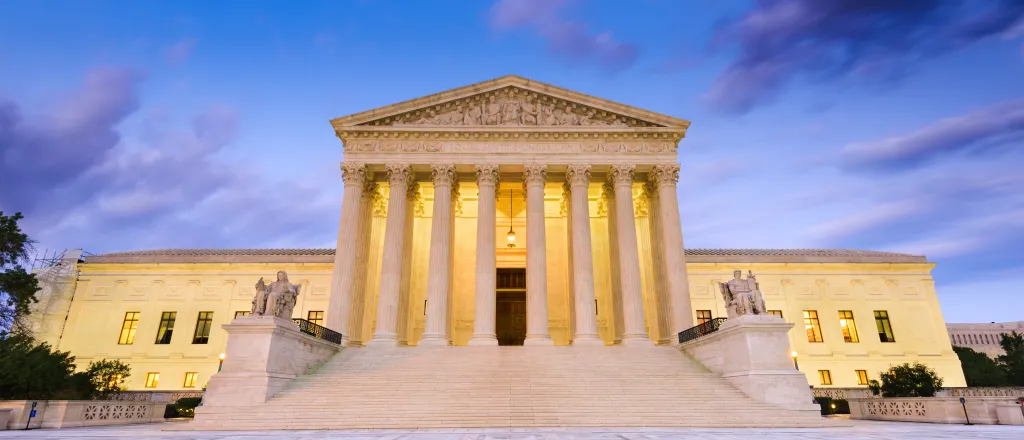
Supreme Court rules Alabama’s new districts have 'discriminatory effects' on minority voters
© iStock - SeanPavonePhoto
(The Center Square) – The U.S. Supreme Court ruled against Alabama’s new Congressional district map Thursday in a 5-4 split, ruling that the new map diminished the impact of Black voters. Chief Justice John Roberts and Justices Brett Kavanaugh, Neil Gorsuch, Ketanji Jackson, and Sonia Sotomayor formed the majority opinion.
The ruling strengthened the impact of the Voting Rights Act, specifically Article 2, which prohibits voting procedures that discriminate based on race.
The Supreme Court recommended that states redraw their maps concerning racial demographics to not have “discriminatory effects” against minority populations.
However, the Supreme Court further ruled that “redistricting legislatures will almost always be aware of racial demographics, but such race consciousness does not lead inevitably to impermissible race discrimination.”
Alabama contended that a race-neutral distribution best fit the text of the Voting Rights Act, saying that the maps “cannot have denied or abridged anyone’s right to vote on account of race because they never took race into account in the first place.”
The Supreme Court refuted this by instead saying that the act centers on “the presence of discriminatory effects, not discriminatory intent,” fearing that “the same map could be lawful or not depending solely on what the mapmakers said they set out to do.”
Along with rejecting Alabama’s argument citing the state's misinterpretation of the existing law, the Supreme Court also said that Alabama’s “race-neutral benchmark” fared poorly in practice, which “further counsels against [the Court] adopting it.”
The Supreme Court upheld the previous ruling from the district court, saying “We see no reason to disturb the District Court’s careful factual findings, which are subject to clear error review and have gone unchallenged by Alabama in any event.”
In a concurring opinion, Kavanaugh said that the Supreme Court should not have the power to vote in favor of Alabama’s redistricting because it would upset the previous precedent.
He concluded that Congress and the president could alter those statutory precedents, but since they have not, Kavanaugh voted against Alabama, citing stare decisis.
Kavanaugh said that the Supreme Court “has ordinarily left the updating or correction of erroneous statutory precedents to the legislative process.”
The dissenting opinion from Justice Clarence Thomas argued that “the majority drastically overstates the stare decisis support for applying article 2 to single-member districting plans like the one at issue here,” saying that there was little to no legal precedent for a single-member district plan.
Thomas concluded his statement by citing the opinion he “formed 29 years ago,” saying “I can see no reasonable alternative to abandoning our current unfortunate understanding of the Act.”
Justices Samuel Alito Jr. and Neil Gorsuch voiced their dissent as well, saying that the decision was “based on a flawed understanding of the framework adopted in Thornburg v. Gingles.”
They concluded by saying “The Court’s treatment of Gingles is inconsistent with the text of article 2, our precedents on racial predominance, and the fundamental principle that States are almost always prohibited from basing decisions on race.”

















